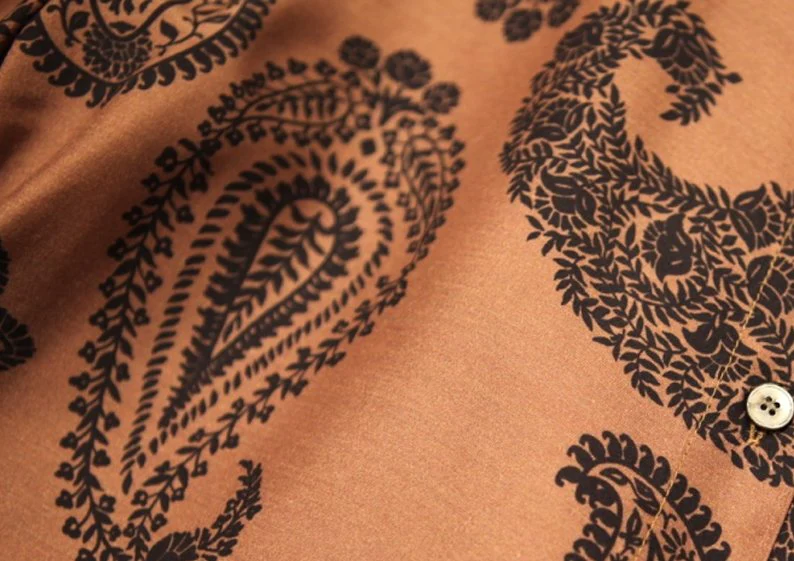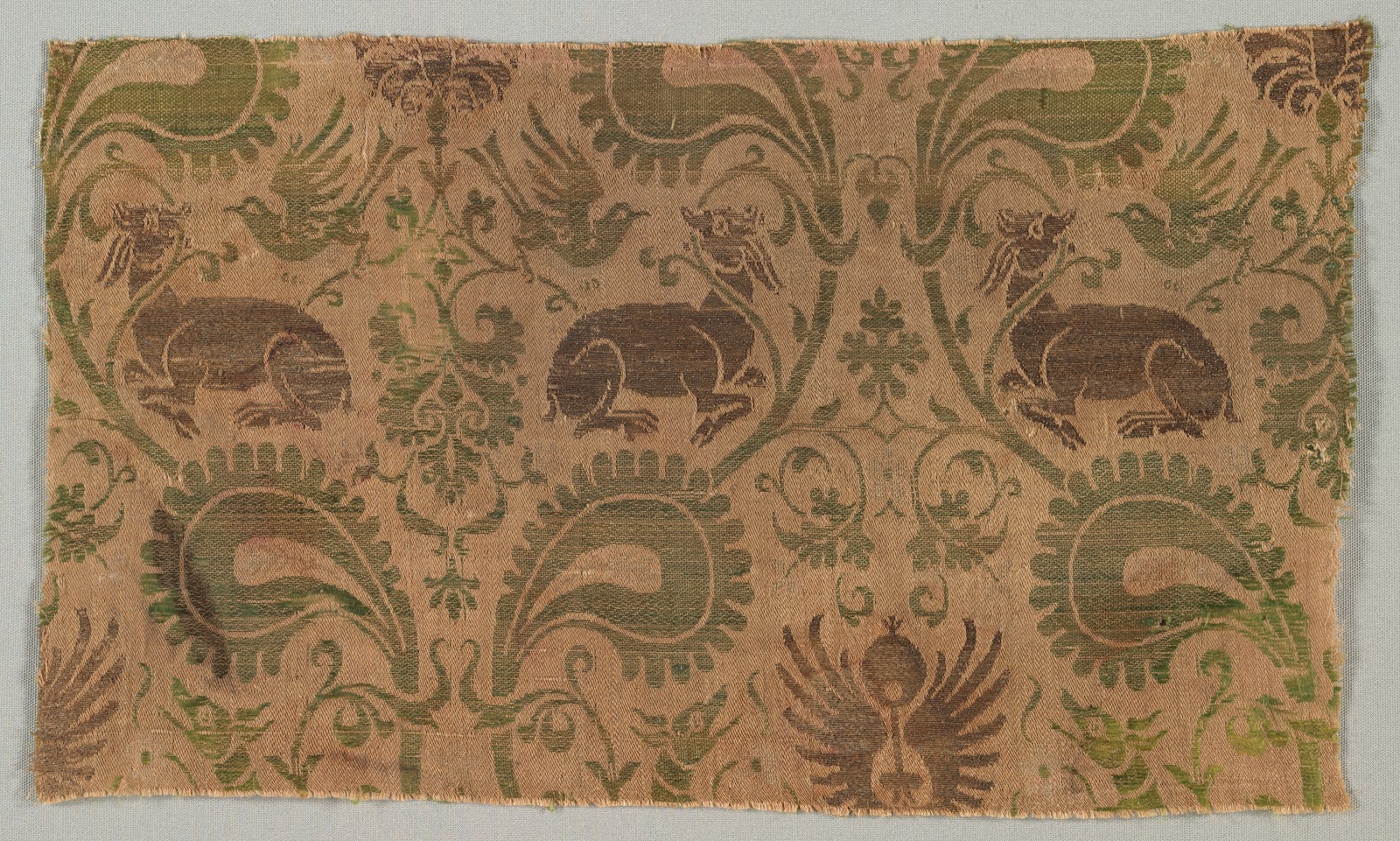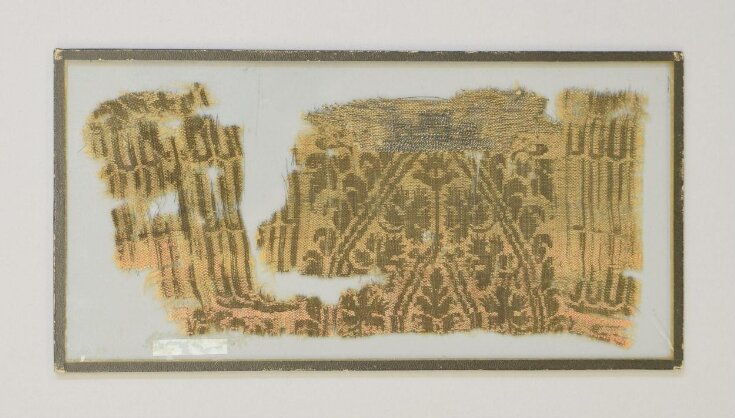Everything I've been told and read about alkanet since I first heard of it is that it is tricky. It might give you a purple, it might give you a blue. It will probably give you a grayish color. Maybe. Even Jenny Dean had problems with it which did not give me much hope. Still, I figured I'd play with it.
First thing I did was use the sake I ended up not likely and mixed that with half the jug of powdered alkanet I got from Anne George's. I put this slug into a tubberware container and just left it under the bathroom sink for a couple of weeks. I might try cheap vodka next time to see if that affects the results at all.
Then, I took it out and put the slug into the dye put. I used some of Wildcraft dyeing's advice on PH levels as I wanted purple! I added 75%~80% vinegar to the normal water and got a PH of 2...which was way too acidic. I did get it to stay at 4.5~5.5 after adding some baking soda. Yes, lots of fizziness when adjusting the PH level.
Once the pot was hot but not boiling, I cleared out as much of the alkanet slug with the mesh colander as I could. It didn't get it all out but it did get most of it. Only after most of it was out did I add the fibers.
For this experiment, I did two skeins of wool, one of natural linen, and even a yard of silk taffeta. The silk isn't in the picture since it really came out far too light. I think if I try this again, I leave the silk in for a few days and see what happens.
I used alum on all of them. I have no idea why the top skein and the middle one, both wool, are two different colors. Honestly, the top one is the color of my parent's car when I was a kid. It wasn't brown and it wasn't purple. It was something inbetween and we could never figure it out. The middle one is straight up lavender. It's hard to tell in this photo but it's very lavender in person. The linen really didn't catch the dye but does have a very slight tone now to it.
Anyone have any theories on why the two wools came out two different colors? Maybe different sheep? I did get the wools from two different companies...









